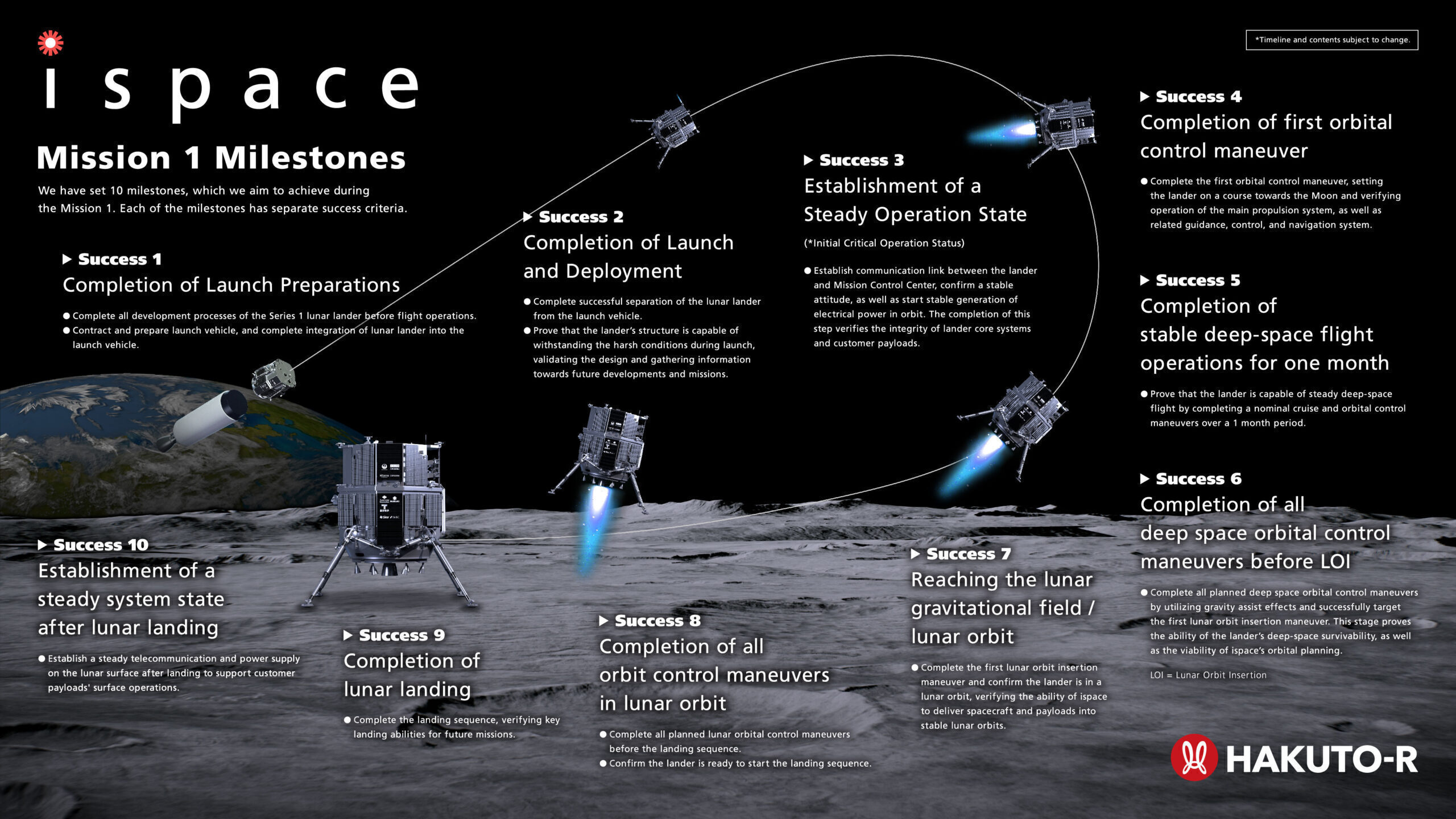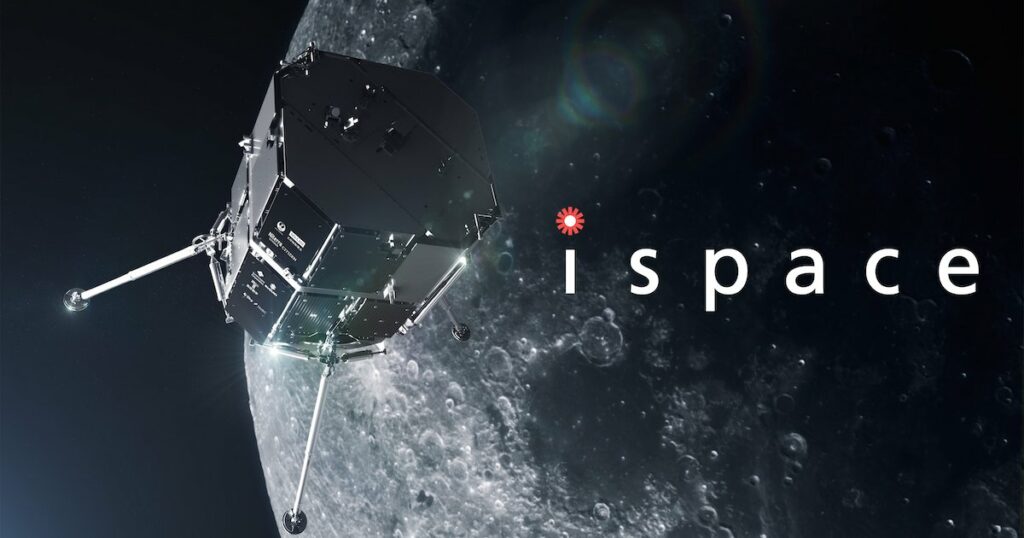It looks like South Africa won’t have much to do with that UAE space mission after all. The Hakuto-R private lunar mission being conducted by Japanese company ispace appears to have ended in failure. We say ‘appeared to’ because communication with the Mission 1 lander, scheduled to touch down yesterday afternoon, was lost just before it was supposed to make moonfall. No, not that one.
Hakuto-R you listening?
Our HAKUTO-R M1 lunar lander was scheduled to land on the surface of the Moon at approx. 1:40 (JST). As of 8:00 today (JST), communication between the lander at the Mission Control Center was lost and it has been determined that Success 9 of the milestones is not achievable.(1/3)
— ispace (@ispace_inc) April 26, 2023
The reasons for the loss of communication aren’t known at this time. Nor is the actual fate of the Mission 1 lander and the projects that are stored inside. There are probabilities, though, and “…there is a high probability that the lander eventually made a hard landing on the Moon’s surface” following an incident where “the descent speed rapidly increased”. In other words, ispace’s Hakuto-R lander probably ran out of fuel on the descent and embedded itself in the lunar surface.
Read More: The SuperBIT balloon-telescope has just sent back its first images of space
“To find the root cause of this situation, ispace engineers are currently working on a detailed analysis of the telemetry data acquired until the end of landing sequence and will clarify the details after completing the analysis.”

The company isn’t writing off this experience, having achieved eight milestones before running into one large enough to flatten the mission. There are follow-up missions planned for 2024 and 2025 and the company will use what was learned from the failed landing to improve the odds of those attempts succeeding.
ispace CEO Takeshi Hakamada said, “Although we do not expect to complete the lunar landing at this time, we believe that we have fully accomplished the significance of this mission, having acquired a great deal of data and experience by being able to execute the landing phase. What is important is to feed this knowledge and learning back to Mission 2 and beyond so that we can make the most of this experience.”




